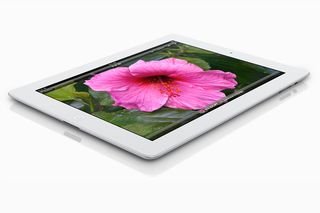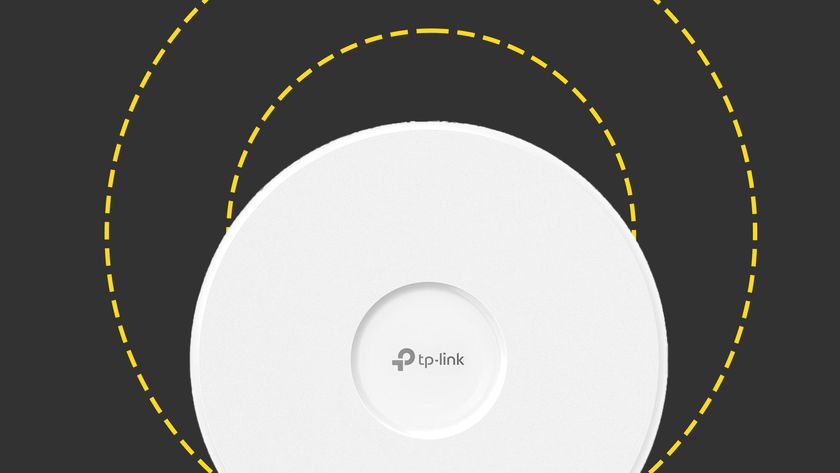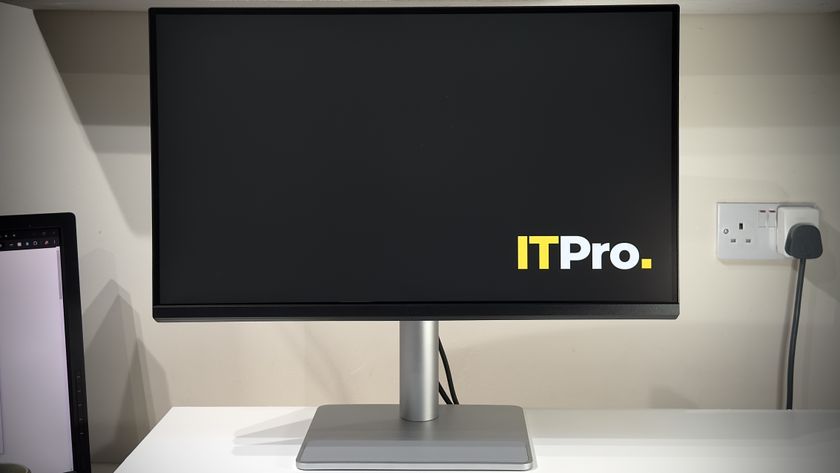The Retina display makes the new iPad a much more viable productivity tool too. PDF documents can be browsed without the need to zoom in, as can busy web pages with small text. iOS Numbers (Apple's iPad-version of its iWork spreadsheet) also becomes much more functional.
The only catch with such a high-resolution screen is that it needs content to match. Apple and many third-party developers have already started to upgrade their apps to exploit the new display, but low-resolution images on the web are jarring when seen with ultra-sharp text alongside.
Since the new iPad's screen resolution is simply twice that of the iPad 2 though, old apps look no worse on its Retina display, since the device just scales everything up using four-to-one pixel ratio.

Better screen will mean larger apps
There's still some debate about how much larger updated apps are going to be with Retina-quality bitmapped graphics and early estimates so far suggest that they will at least double in size.
Apple's iWork has gone from 109MB to 283MB with its recent Retina update, for example, while iMovie app shot up from 70MB to 404MB although both added new features in addition to better graphics.
This makes the entry-level 16GB iPad a risky choice for mobile users who want to use lots of apps and carry multimedia content. More importantly, it also makes the new discounted iPad 2 a tricky proposition.
Apple has dropped price of the iPad 2 to 329 with the launch of the new iPad and now only sells a 16GB model. This will still have to use the same higher-resolution apps as the new iPad though, even though it won't visually benefit from them.












